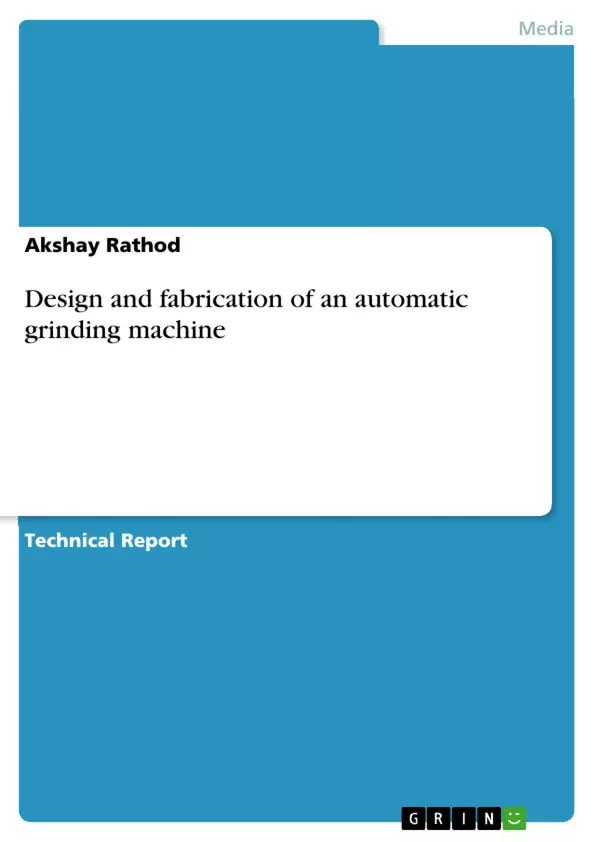What is the primary focus of "REVIEW OF DESIGN AND FABRICATION OF AUTOMATIC GRINDING MACHINE"?
The document primarily focuses on the design and fabrication of an automatic grinding machine, emphasizing improvements in surface quality and dimensional accuracy of workpieces. It explores methods to optimize the grinding process, including literature review, mechanism design, and calculations.



